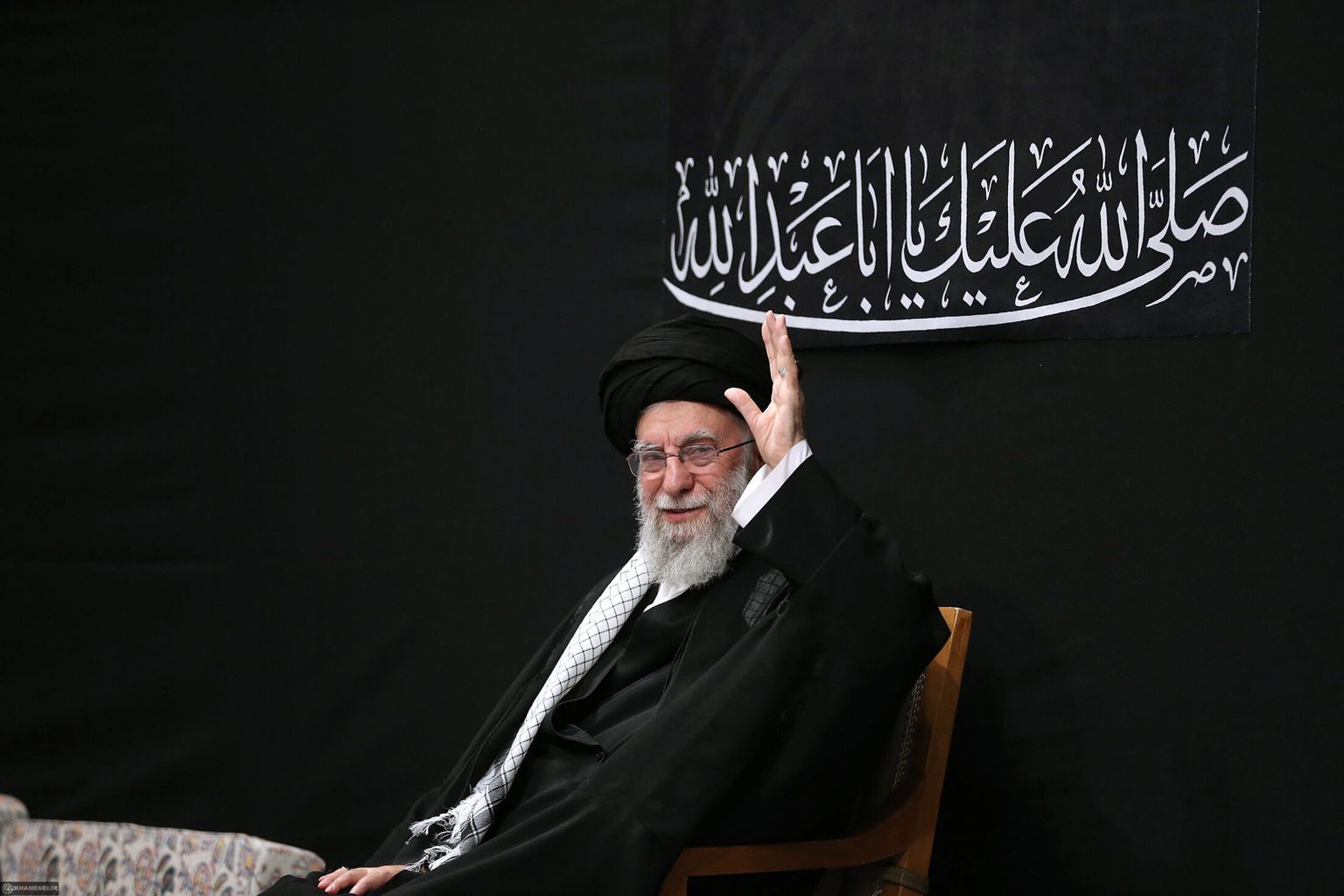Iran’s Supreme Leader Rejects US Pressure as Nuclear Tensions Escalate
In a defiant statement that has reverberated across diplomatic channels, Iran’s Supreme Leader Ayatollah Ali Khamenei has accused President Donald Trump of revealing America’s true intentions toward Iran – not negotiation, but submission. “The man who is now in office in the U.S. wants Iran to be obedient to the US,” Khamenei declared on his official X account, making it clear that Tehran has no intention of yielding to increasing pressure from Washington. This hardening of positions comes at a particularly tense moment, with both U.S. and European powers threatening fresh sanctions and the memory of recent military strikes still fresh. The Supreme Leader’s message was unambiguous – talks with the United States would be futile when the underlying American objective remains Iran’s capitulation. This fundamental disagreement about the nature of potential negotiations highlights how far apart the two nations remain, even as international concerns about Iran’s nuclear program continue to grow.
The current standoff represents a dangerous escalation in a long-running dispute over Iran’s nuclear ambitions. Following U.S. and Israeli airstrikes on Iranian nuclear facilities in June, diplomatic channels have essentially collapsed. President Trump has publicly threatened further military action if Iran refuses to change course, while Tehran has responded by placing its military on high alert. Khamenei has characterized Trump’s statements as “a grave insult” to the Iranian nation and vowed that Iran “will stand with all its might against anyone who has such a wrongful expectation.” This rhetoric suggests that Iran sees the conflict not merely as a disagreement over nuclear policy but as an existential challenge to its sovereignty and independence. The Supreme Leader has further complicated matters by dismissing calls for direct talks with Washington as naive, arguing that such proposals ignore the deeper conflict at hand: “This is not a matter that can be resolved” through simple negotiations.
The economic dimension of this confrontation cannot be overstated. The Trump administration has methodically targeted Iranian oil firms and vessels with sanctions, both before and after nuclear talks were derailed by the Israeli and American strikes on Iran’s key nuclear facilities. This economic pressure campaign represents a return to the “maximum pressure” strategy that characterized Trump’s first term, though with the added complication of recent military exchanges. Iran’s economy, already struggling under previous rounds of sanctions, now faces the prospect of even more punitive measures as European powers threaten to trigger a “snapback mechanism” by the end of the month if nuclear negotiations remain stalled. This economic stranglehold puts tremendous pressure on Iran’s leadership, though Khamenei’s statements suggest that Tehran would rather endure hardship than submit to what it views as American dictates.
The regional context adds another layer of complexity to this standoff. Khamenei has explicitly accused the United States of backing Israel against Iran, portraying recent military exchanges as defensive responses to aggression. In a move that further complicates prospects for de-escalation, the Supreme Leader praised Yemen’s Houthi militants – a group supported by Tehran – as a model of resistance. He also called for concrete measures against what he termed Israel’s “crimes” toward Palestinians, signaling that Iran intends to maintain its position as a counterweight to American and Israeli influence in the Middle East. This regional dimension transforms what might otherwise be a bilateral dispute into a much broader conflict involving multiple actors across the Middle East, raising the stakes and making simple solutions even more elusive.
President Trump, for his part, has projected confidence following the strikes on Iran’s nuclear facilities. “Now that the nuclear arsenal being ‘created’ by Iran has been totally OBLITERATED, it is very important to me that all Middle Eastern Countries join the Abraham Accords. This will insure PEACE IN THE MIDDLE EAST,” he wrote on Truth Social on August 7. This message reveals a fundamental disconnect in how the two sides view the situation – while Trump portrays the strikes as having decisively resolved the nuclear issue, Khamenei’s statements suggest that Iran views them as merely one episode in an ongoing conflict. The American president’s focus on expanding the Abraham Accords – the normalization agreements between Israel and several Arab states that were a signature achievement of his first term – indicates his desire to isolate Iran diplomatically within its own region, a strategy that Iran will undoubtedly resist.
The immediate future appears fraught with danger. European powers have threatened to trigger a “snapback mechanism” that would reimpose UN sanctions on Iran if progress in nuclear negotiations isn’t made by the end of the month. Iran, meanwhile, maintains that its military is at a high state of readiness amid concerns over potential further attacks, even as a fragile ceasefire with Israel holds. The photo released by the Supreme Leader’s Office showing Khamenei appearing among supporters for the first time since the Iran-Israel confrontation sends a deliberate message of resilience and determination. As tensions continue to simmer, the international community watches anxiously, aware that any miscalculation could potentially trigger a wider regional conflict with global implications. The fundamental question remains whether a diplomatic solution can be found when the two sides have such drastically different understandings of what is at stake and what would constitute an acceptable resolution.


